About TAKANAWA GATEWAY CITY
ABOUT TAKANAWA GATEWAY CITY
People, nature and technology
Connecting,
The most vital in the world
To the overflowing city.
Takanawa inherits an innovative split from its history as the launching place for the country's first railway.
In honor of this, we aim to create an experimental site
where we create ways to lead a fulfilled life a century into the future
in order to build a city where continuously inspires the birth of new culture and business
with various collaborative partnes as well as the local community.
-
Development History
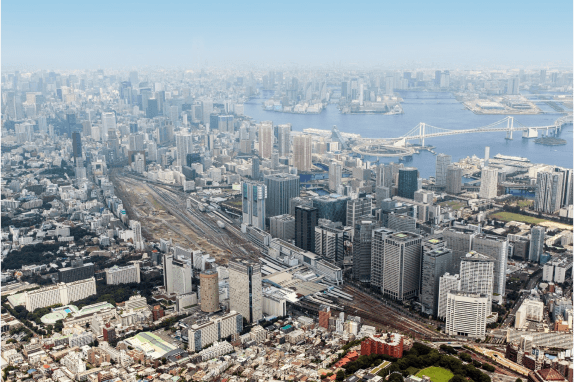
During the Edo period, this area served as the "gateway" to Edo as Takanawa Okido, and during the Meiji period, it was the site of innovation, combining Japanese and Western technology, when Japan's first railway was built. After that, even after the era of Japanese National Railways and the establishment of JR-EAST, it was mainly used as a depot for Tokaido Line and Sleep Limited Express trains.
As times changed, the opening of Ueno-Tokyo Line and the decline of Sleep Limited Express made it possible to reduce the number of cars stored at the depot, leading to the streamlining of the depot. This freed up approximately 13 hectares of land, and development plans were put forward to make effective use of this vacant land. -
Facility Overview
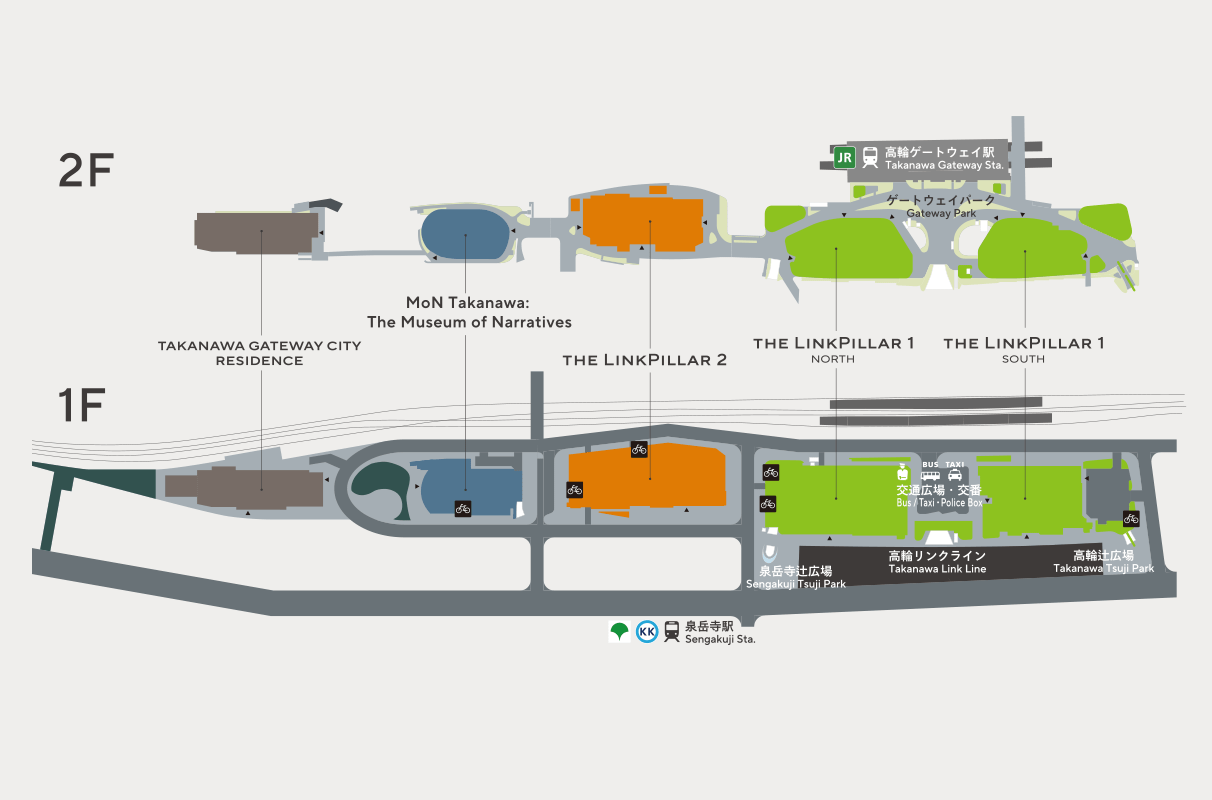
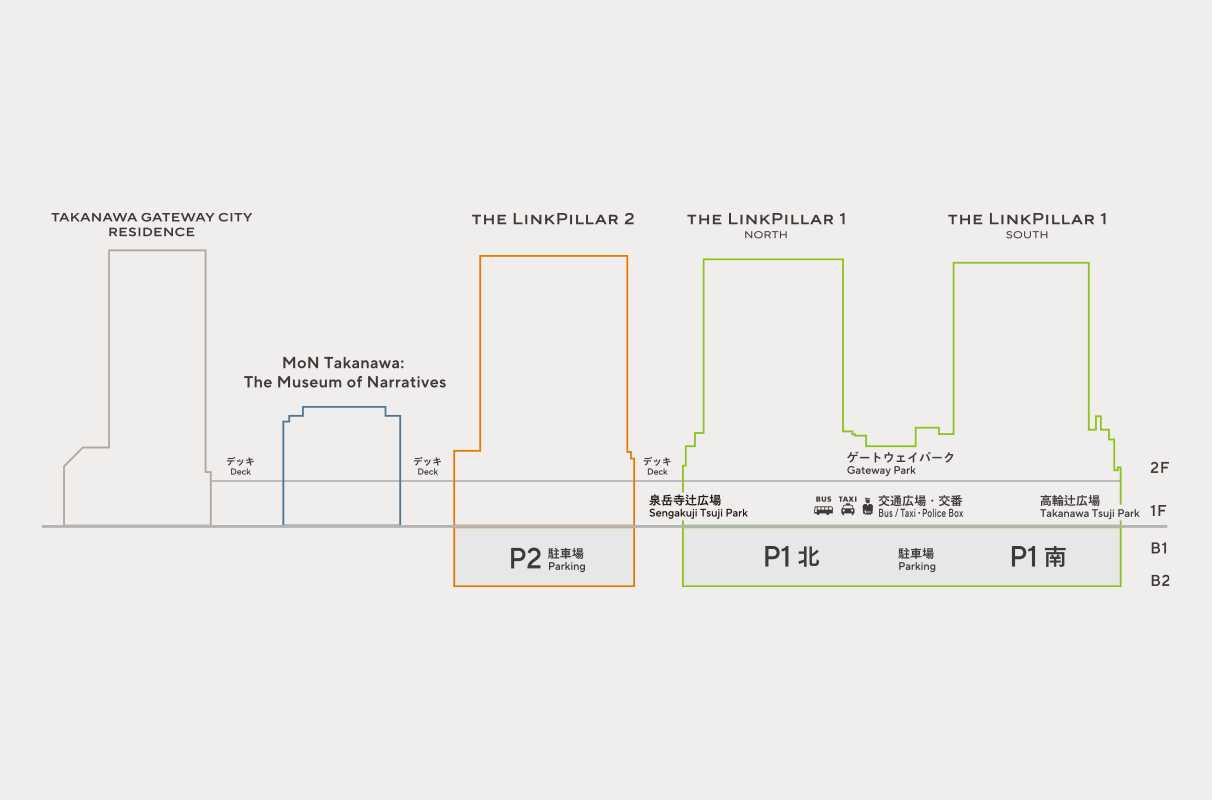
TAKANAWA GATEWAY CITY is undergoing urban development that is one of the largest in Japan, with a total floor area of approximately 845,000 m2.
Shinagawa Station, which serves as a wide-area transportation hub, TAKANAWA GATEWAY Station, which has excellent access to terminal stations in the city center, and Sengakuji Station which has excellent access to Tokyo's subway network and Haneda Airport will work together to form a "Global Gateway," an international exchange hub that will bring together people from the surrounding areas, all over Japan, and all over the world.
The name of the building is a combination of "Link," which means "connecting everything, continuing to co-create and grow for the future," and "Pillar," which conveys the meaning of "continuing to grow as a pillar and a testing ground for enriching lives 100 years into the future."
Using the station-area integrated urban development as a testing ground, we will work with a variety of partners to create solutions that contribute to resolving global issues from TAKANAWA GATEWAY CITY. -
What is Takanawa Embankment?
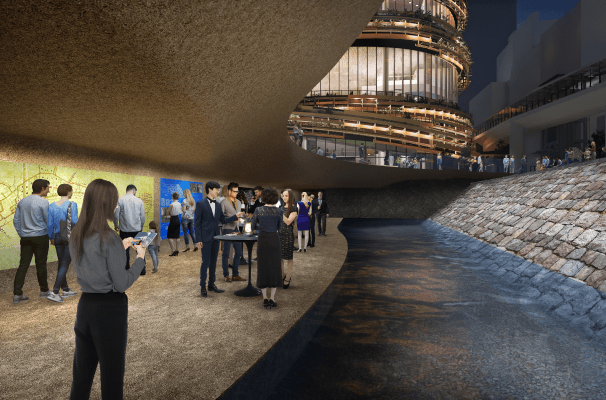
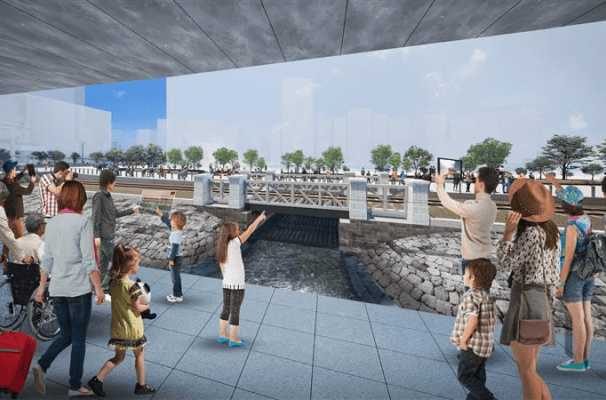
Takanawa Embankment is a railway bed that was built to allow Japan's first railway to run over the sea along the Takanawa coast when it opened between Shimbashi and Yokohama in 1872.
Through the preservation and utilization of the Takanawa embankment, which was unearthed during the urban development process, we will strive to pass on the memory of this area as a place of innovation, where Japan's first railway ran, for the next 100 years, thereby enhancing the historical value of the area and realizing Shinagawa as an international exchange hub.
In addition to preserving and opening to the public the 7th Bridge and park area of the nationally designated historic site (scheduled for fiscal 2027), the signal base will be relocated, preserved and opened to the public, allowing visitors to experience the scenery as it was at the time. Furthermore, exhibits utilizing cutting-edge technology will allow visitors to experience the innovations that took place during the opening of the railway.
We are currently considering ways to preserve and pass on the Takanawa Embankment, receiving advice and support from experts in various fields and from relevant government agencies. -
TAKANAWA GATEWAY CITY 's vision: Three themes
-
Achieving a Zero Carbon society
We are striving to conserve and produce energy and implement energy management to achieve net-zero CO2 emissions.
Planned power generation facilities include wind, solar and geothermal to achieve our goal of producing renewable energy. Further we plan to harness in-building biogas power generation to food waste into energy, which will help achieve a circular economy. We plan to use fuel cell trucks for transportation of goods within the city and promote hydrogen gas.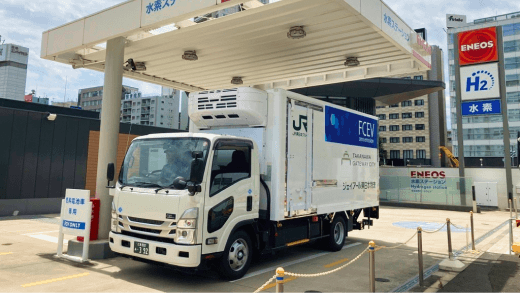
-
Mobility: Co-creation between humans and robots
In today's world, where new technologies are born every day, in order to bring them back to people's lives, it is necessary to actually incorporate them into daily life and business and experience their convenience and effectiveness. For this reason, it is essential to go through the phase of exploring how to incorporate them into real life and how to return benefits to consumers. At TAKANAWA GATEWAY CITY, we aim to create a "people-centered" lifestyle that is not bound by age or place of residence by coexisting with robots and mobility, and we will explore how to return benefits to consumers through demonstration experiments.
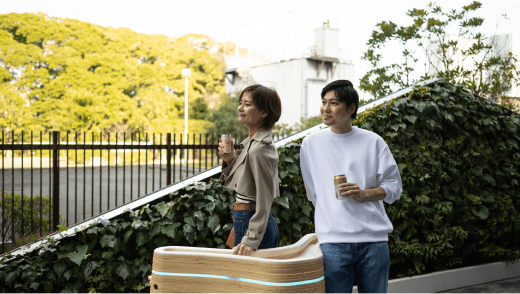
-
Healthcare: Creating a lifestyle where everyone can live a fulfilling life for 100 years
We will collaborate with academia, including The University of Tokyo GATEWAY Campus, which is our partner in the city, and startups, to create services that utilize cutting-edge knowledge, such as optimal sleep, new diets, and improved physical function.
The system will be tested at TAKANAWA GATEWAY CITY in conjunction with Suica data, and will then be expanded to other parts of Japan through networks such as the Smart Health Station®.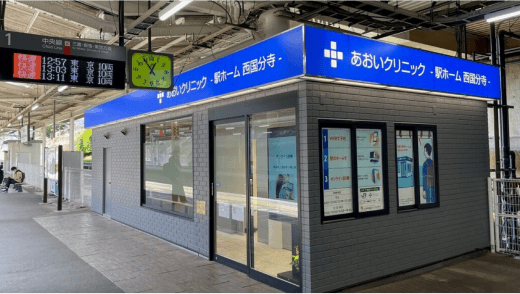
-